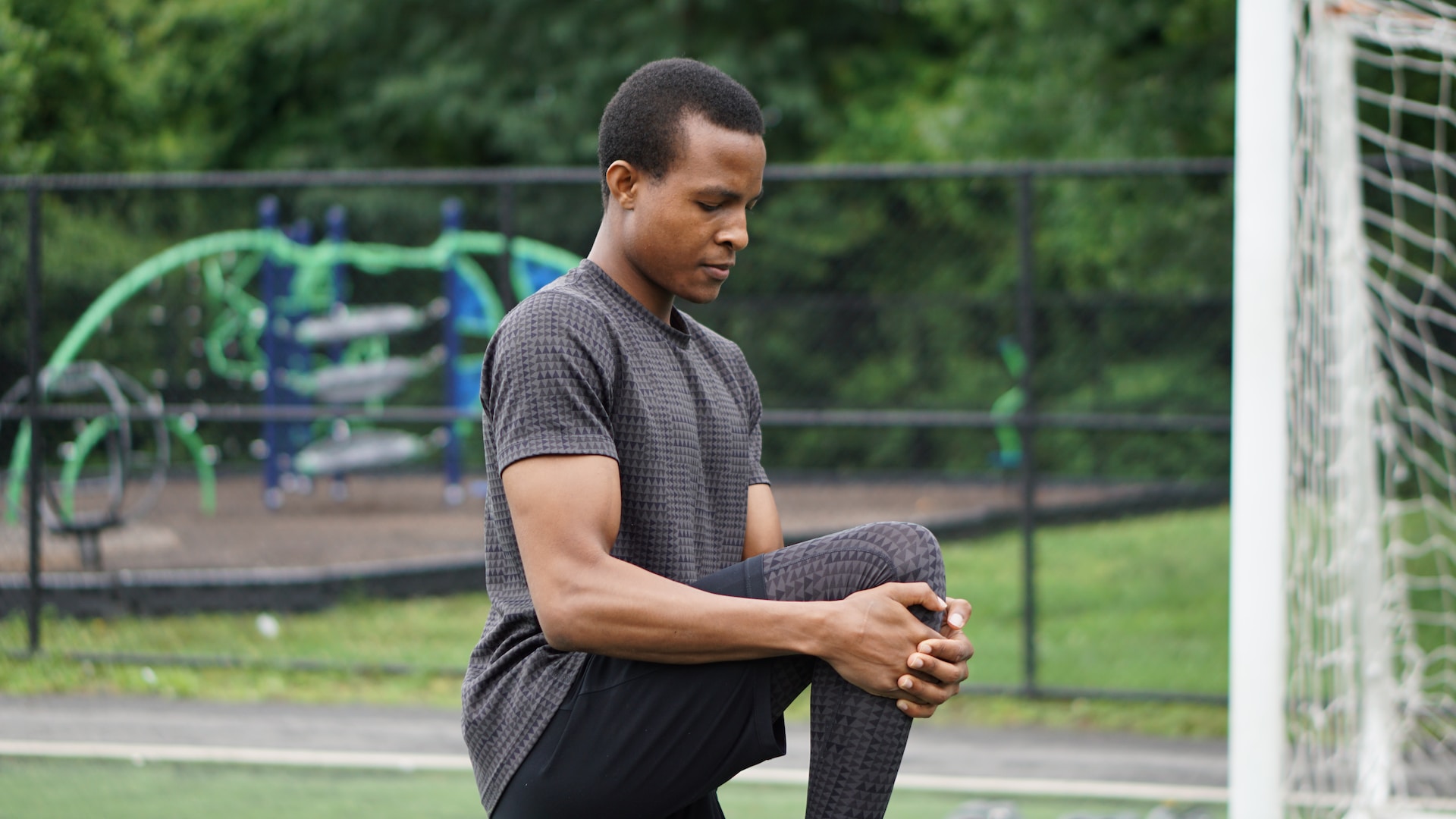
02 May Stretching: A Guide to Improved Mobility
Stretching is a physical activity involving the movement of muscles, tendons, and ligaments to increase flexibility, mobility, and range of motion. This activity can be done before or after a workout session and on its own.
Moreover, stretching is beneficial for overall health and well-being, and it is essential for athletes and people who engage in physical activities regularly. In this article, learn the importance of stretching and how to do it effectively.
The Importance of Stretching
Stretching is essential for maintaining good health and preventing injuries. It helps to increase flexibility, mobility, and range of motion. Flexibility is the ability of muscles to stretch and lengthen, while mobility is the ability of joints to move freely.
Range of action is the distance a joint can move in a particular direction. When muscles, tendons, and ligaments are flexible, mobile, and have a broad range of motion, they are less likely to be injured during physical activities.
Moreover, stretching helps to improve posture by lengthening tight muscles that can cause poor posture. Poor posture can lead to chronic pain and discomfort, especially in the neck, shoulders, and back.
Stretching can also help to reduce stress and promote relaxation. When you stretch, you release muscle tension, which can help reduce stress and promote peace. Stretching can also help improve circulation, reducing muscle soreness and improving recovery time after a workout.
What Is Fascial Stretch Therapy?
Fascial stretch therapy (FST) is an effective and proven therapy that helps to improve flexibility and range of motion, reduce pain, and improve posture. FST is a safe and effective way to restore mobility, relieve pain, and improve overall well-being.
FST is a form of hands-on stretching that targets the body’s network of connective tissues called fascia. This network of tissues is found throughout the body, from the head to the tips of the toes, and supports muscles and organs.
FST uses gentle, sustained pressure and traction to stretch the fascia. This helps to break down any adhesions and restrictions in the fascia, allowing for an increased range of motion and flexibility.
How To Stretch Effectively
Stretching can be done in various ways, and it is essential to do it correctly to avoid injuries. Here are tips on how to stretch effectively:
Warm-up
Before stretching, it is essential to warm up your muscles. You can do this by doing light cardio exercises such as jogging, jumping jacks, or cycling. Warming up your muscles before stretching can help to reduce the risk of injury.
Stretching Techniques
There are two stretching techniques: static and dynamic. While dynamic stretching involves moving your body through a range of motion, static stretching entails holding a stretch for 15 to 30 seconds. Both techniques are beneficial, and including both in your stretching routine is essential.
Stretch All Major Muscles
It is essential to stretch all major muscles in your body, including your legs, arms, back, and neck. This can help to improve overall flexibility and mobility.
Don’t Overstretch
It is important not to overstretch, as this can lead to injuries. Stretch until you feel a slight muscle tension, but not to the point of pain.
Breathe
It is essential to breathe while stretching. Holding your breath can increase muscle tension, making pulling harder.
Hold Each Stretch
Hold each stretch for 15-30 seconds, and repeat each stretch 2-3 times.
Stretch Regularly
It is essential to stretch regularly to maintain flexibility and mobility in your body. You can try daily or several times a week, depending on your schedule.
Cautions in Stretching
You might need to modify your stretching methods if you suffer from a persistent illness or an injury. For instance, stretching a muscle that is already strained could make it worse. If you have any health issues, see a doctor or physical therapist about the best technique to stretch.
Additionally, keep in mind that stretching does not prevent all injuries. For example, stretching won’t prevent an overuse injury.
Conclusion
Stretching enables the muscles to receive more blood, making them more powerful, effective, and resistant to exhaustion. FST is a manual therapy that uses hands-on techniques to stretch the fascia, or connective tissue, surrounding the muscles and joints. It helps to restore balance and flexibility, reduce pain, and improve joint function. Together, stretching and FST at a medical fitness center effectively improve the range of motion, reduce pain, and increase overall performance.
Our areas of expertise at Medical Fitness and Wellness Group include personal training, corrective exercise, fascial stretch therapy, massage therapy, nutrition for weight loss and diabetes prevention, tailored training programs for fitness and weight loss, medical exercise programs for diabetes type 2 and osteoporosis, stroke rehabilitation, and post-rehab chronic injuries, to name a few. Schedule a fascial stretch therapy session now!


















